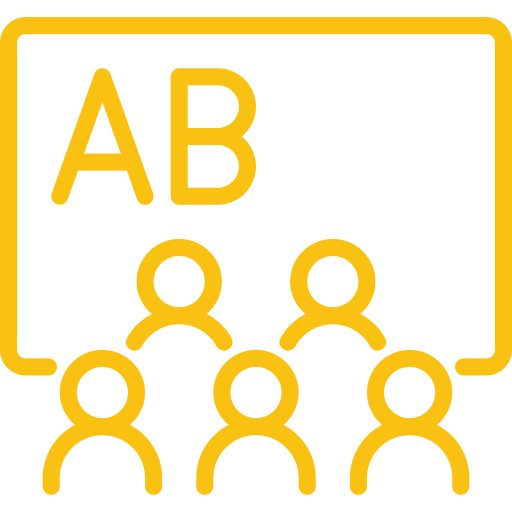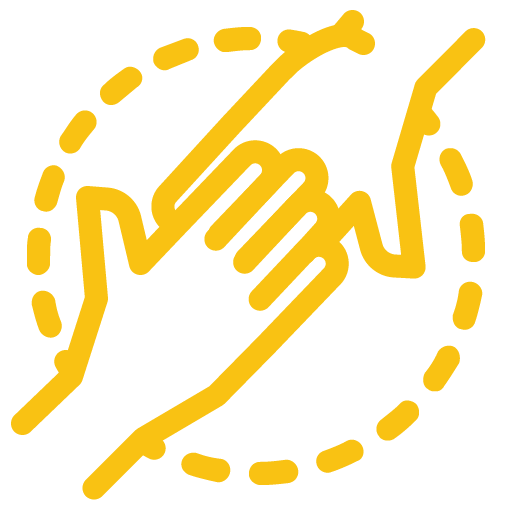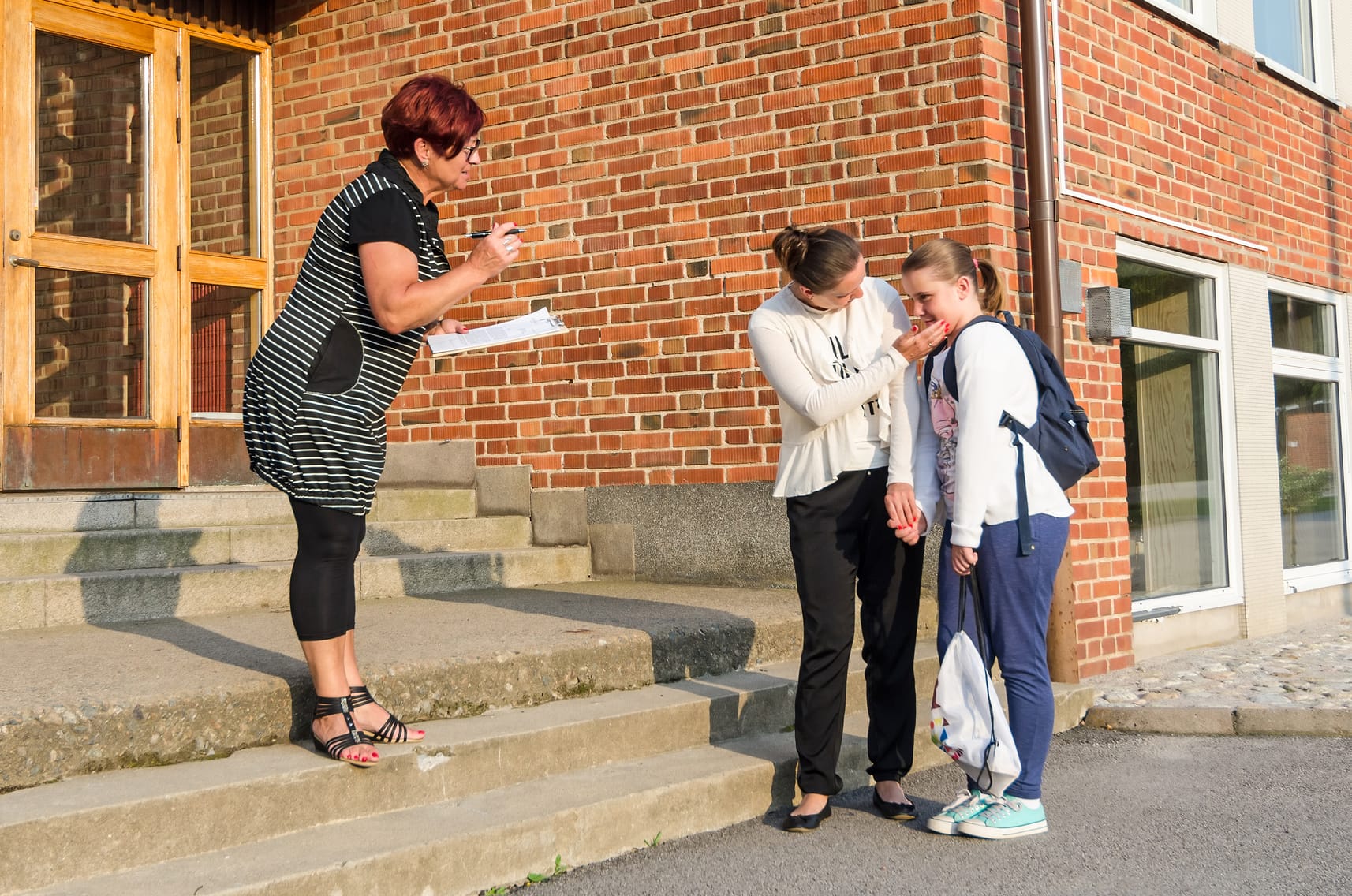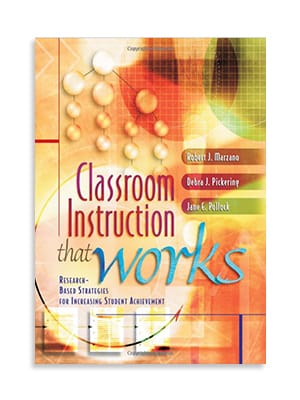Classroom Calming Techniques: Three Ways to Switch Off the Flight-or-Fight Response Now
If you’re like me, you can probably think of a time when you’ve experienced a moment of real anxiety in your classroom — your heart rate quickened, you became tense, it felt harder to breathe or catch your breath. If you are lucky, these moments are few and far between. But for many teachers — and students — these “fight or flight” responses occur weekly or even daily. While mindfulness, self-care, and other long-term interventions can help reduce anxiety-responses over time, I’d like to focus on the things we can do in the moment to calm anxiety and get through challenging moments.
Stress, specifically the “flight or fight” response, is a primal, survival response; these rapidly occurring reactions help to mobilize the body’s resources to deal with threat. This flight-or-fight response is not bad, but it can be triggered at the wrong times, which hinders instead of helps. While the unexpected arrival of an administrator may be a little unnerving, it is not the equivalent of a tiger stalking us through the jungle! One way to calm this powerful brain response is to give it feedback that sends the message: “Thanks for the rapid response, but everything is fine. We don’t actually need to run or hide right now.” Since our brain takes its cues directly from our body in these moments, we can do things physically to send this message back to our brains to “calm down.”
The key is to move and act in ways we never would in a real emergency: these actions and movements send the overriding message back to our fear response system (aka our sympathetic nervous system) that everything is okay; in fact, we often get faster relief this way than if we try to just “tell” ourselves that we are fine! Essentially, in real emergencies, our brain trusts the action of our body more than the words in our head to tell us if things are really okay!
Here are three easy actions you can take, and teach your students to take, when you need to escape the flight-or-fight mode:
1. Breathe slowly and try to breathe out longer than you breathe in. In a real emergency, we would be incapable of breathing calmly and slowly, especially taking a nice long breath out. Think of this way: stress is a primal survival instinct, and many real “flight or fight” situations include gasping for air: being attacked by a wild animal, being pulled underwater – you get the point. This is why slow breathing is such a powerful feedback tool for stress. Calm breath is one of the first messages our sympathetic nervous system “listens for” and responds to during an emergency: it is the body’s “all clear” sign for the brain. If you have a hard time breathing slowly when you are stressed (or your students do) try talking slowly and quietly — you can even repeat the same phrase or simple song. Any of these actions send the message, “it’s okay out here, we can calm down now and stop flooding our body with stress hormones.”
2. Chew gum (or grab a Lifesaver candy). This may sound strange, but one thing your body would never do during a genuine threat is salivate; we are not going to enjoy food during an actual threat! So this simple act sends another message of calm. This works best if you can really chew slowly and savor the taste — pick a small candy or a fruit-flavored gum you don’t typically chew to get the full effect.
3. Smile and have an open body posture. When we feel anxious, we often pull our bodies inward by tensing our shoulders, crossing our arms, even hunkering over a bit if we are sitting down. These are essentially protective stances in preparation for a threat. Break this protective stance and break the stress response by making actions that release tension and communicate openness. Try standing up, gently smiling and lifting your chin, and stretching your arms outward and upward (not so much that it causes tension anywhere). This is an open position and also a relatively “vulnerable” position, especially if you were a caveperson, which tells your sympathetic nervous system that there is no threat, and all is well.
The reason these actions are so effective is they can have an immediate calming effect, even if your brain isn’t on board! These actions still communicate the right calming messages to your sympathetic nervous system, even if your thoughts are still racing. This means you don’t have to try to convince yourself to calm down during a stressful event, (which can be difficult when emotions are involved, and our heart rate is already elevated) you just need to take the right action first.

























